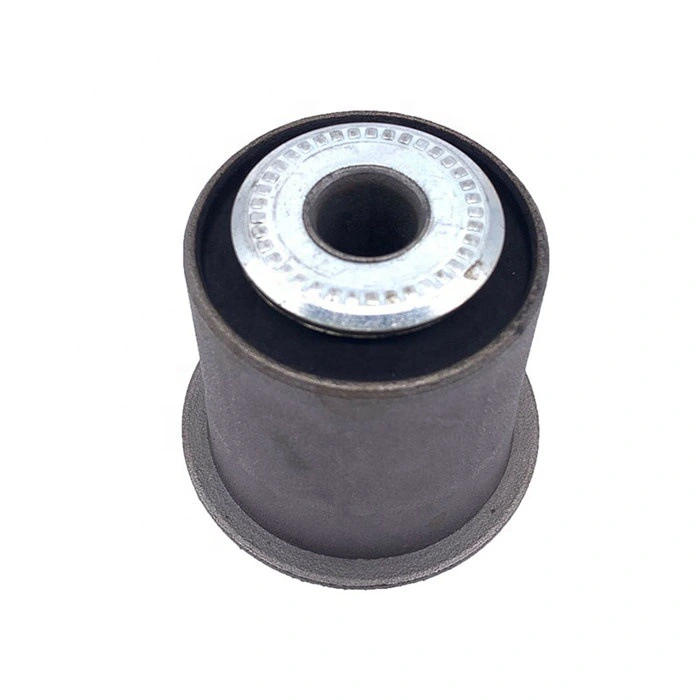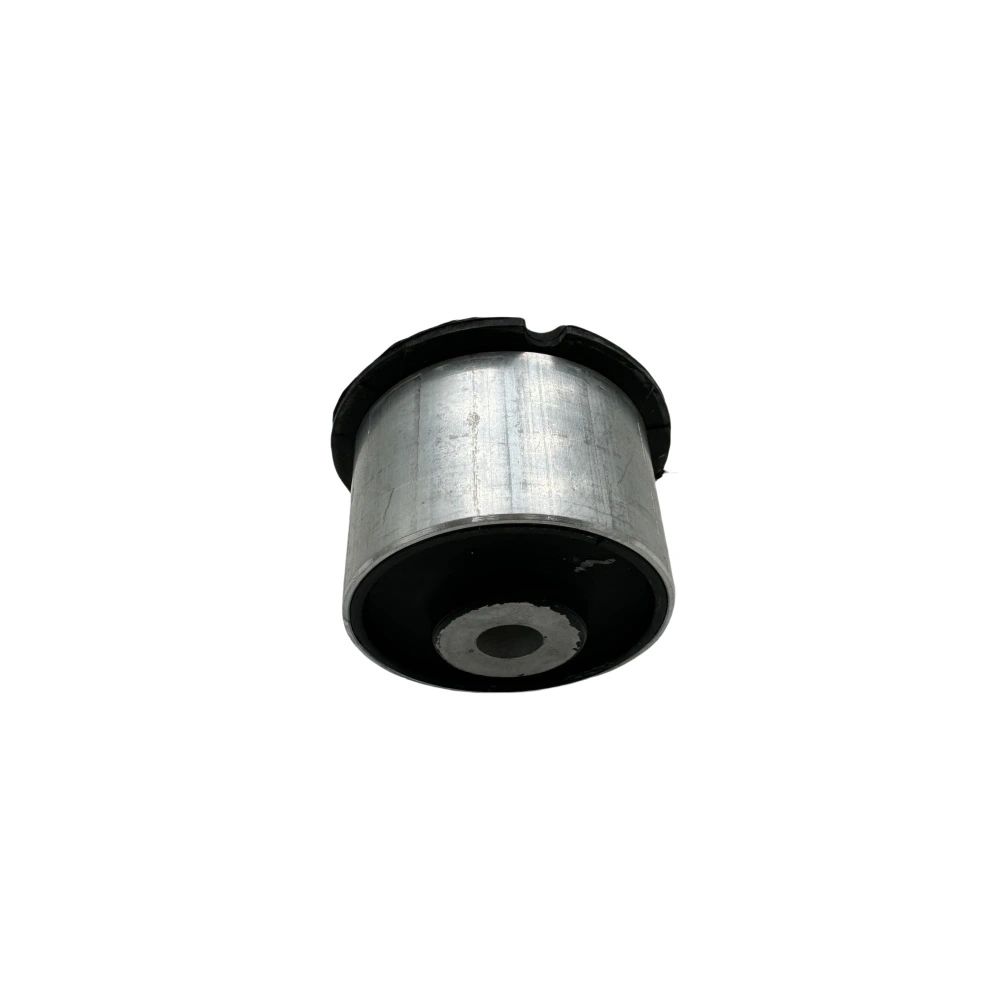

How Suspension Bushes Improve Vehicle Handling and Stability
Suspension bushes are critical components that enhance vehicle handling by reducing friction between metal parts. Made from durable rubber or polyurethane, they absorb shocks and vibrations, ensuring a smoother ride. Properly maintained suspension bushes prevent excessive wear on other suspension parts, improving stability. Regular inspections can identify cracks or wear, avoiding costly repairs. Keywords: suspension bushes, vehicle handling, stability, rubber bushes, polyurethane bushes.
Signs Your Suspension Bushes Need Replacement Immediately
Worn suspension bushes cause clunking noises, uneven tire wear, and poor steering response. If your vehicle feels unstable or drifts sideways, inspect the bushes for cracks or deformation. Delaying replacement can damage control arms or struts. Keywords: suspension bushes replacement, clunking noises, uneven tire wear, steering problems, bush inspection.
Best Materials for Long-Lasting Suspension Bushes Performance
Polyurethane suspension bushes last longer than rubber due to higher resistance to oil and heat. Rubber bushes offer better vibration absorption but degrade faster. Choose based on driving conditions—polyurethane for performance, rubber for comfort. Keywords: polyurethane suspension bushes, rubber vs polyurethane, durable bushes, vibration absorption.
How to Lubricate Suspension Bushes for Maximum Lifespan
Use silicone-based lubricants on suspension bushes to prevent squeaking and reduce friction. Avoid petroleum-based oils as they degrade rubber. Apply lubricant during installation and annually thereafter. Proper lubrication extends bush life and maintains ride quality. Keywords: lubricate suspension bushes, silicone lubricant, bush maintenance, friction reduction.
Affordable Aftermarket Suspension Bushes vs OEM Comparison
Aftermarket suspension bushes are cheaper but vary in quality—OEM bushes ensure precise fitment. Check reviews for aftermarket brands matching OEM durability. Balancing cost and quality is key for budget-conscious buyers. Keywords: aftermarket suspension bushes, OEM vs aftermarket, affordable bushes, quality comparison.
Why Upgrading to Performance Suspension Bushes Is Worth It
Performance suspension bushes reduce flex for sharper cornering and better control. Ideal for sports cars or off-road vehicles, they handle extreme stress without degrading. Upgrade if you prioritize responsiveness over comfort. Keywords: performance suspension bushes, sharper cornering, off-road bushes, responsiveness upgrade.
Step-by-Step Guide to Installing Suspension Bushes at Home
To install suspension bushes, jack up the vehicle, remove old bushes with a press, and clean the housing. Press new bushes into place using lubricant. Torque bolts to manufacturer specs. DIY saves labor costs but requires tools. Keywords: install suspension bushes, DIY bush replacement, press tool, torque specs.
Common Mistakes When Replacing Suspension Bushes to Avoid
Avoid overtightening bolts, misaligning bushes, or skipping lubrication. Using incorrect tools can damage components. Follow service manuals precisely to ensure proper installation. Keywords: suspension bush mistakes, overtightening bolts, misalignment, proper installation.
How Weather Conditions Impact Suspension Bushes Durability
Extreme heat dries out rubber bushes, while cold makes them brittle. Polyurethane resists weather better but still needs inspections. Park in shaded areas to prolong bush life. Keywords: weather impact on bushes, heat damage, cold brittleness, bush durability.
Top 5 Suspension Bushes Brands for Reliability and Performance
Energy Suspension, SuperPro, Moog, Whiteline, and OEM brands lead in quality. Compare warranties and materials—polyurethane brands often outperform rubber in longevity. Keywords: best suspension bush brands, Energy Suspension, SuperPro, Moog, Whiteline.
When to Replace Suspension Bushes Based on Mileage or Damage
Replace suspension bushes every 80,000–100,000 miles or if damage appears earlier. Off-road or aggressive driving shortens lifespan. Inspect every 30,000 miles for wear. Keywords: when to replace bushes, mileage guidelines, damage inspection, bush lifespan.
How Do Suspension Bushes Affect Vehicle Ride Comfort and Noise?
Suspension bushes isolate vibrations from the road, reducing cabin noise and improving comfort. Worn bushes transmit more shocks, causing rattling sounds. Replacing them restores a quiet, smooth ride. Keywords: suspension bushes noise reduction, ride comfort, vibration isolation, cabin noise.
Can You Drive Safely with Worn-Out Suspension Bushes?
Driving with worn suspension bushes risks control loss and uneven tire wear. Immediate replacement is advised to avoid safety hazards. Keywords: worn suspension bushes danger, safe driving, control loss, tire wear.
What Tools Are Needed to Replace Suspension Bushes at Home?
A hydraulic press, torque wrench, and lubricant are essential. Specialty tools like bush pullers simplify removal. Keywords: suspension bush replacement tools, hydraulic press, torque wrench, DIY tools.
How Long Do Polyurethane Suspension Bushes Last Compared to Rubber?
Polyurethane bushes last 2–3 times longer than rubber, resisting cracks and oil damage. Rubber typically lasts 50,000 miles. Keywords: polyurethane bush lifespan, rubber vs polyurethane, durability comparison.
Are There Eco-Friendly Suspension Bushes Available in the Market?
Some brands offer recycled rubber or biodegradable polyurethane bushes. Research eco-conscious manufacturers for sustainable options. Keywords: eco-friendly suspension bushes, recycled rubber, biodegradable polyurethane.
Do Suspension Bushes Come with a Warranty from Manufacturers?
Most quality brands offer 1–3 year warranties. Check terms for coverage on wear and tear. Keywords: suspension bush warranty, manufacturer guarantees, coverage terms.
What’s the Average Cost to Replace Suspension Bushes Professionally?
Labor costs $150–$300, plus parts ($50–$200). Prices vary by vehicle model and bush type. Keywords: suspension bush replacement cost, labor charges, part prices.
How Do Suspension Bushes Impact Wheel Alignment Settings?
Worn bushes misalign wheels, causing uneven tire wear. Always check alignment after replacement. Keywords: suspension bushes wheel alignment, tire wear, alignment adjustment.
Can You Reuse Old Suspension Bushes After Removal?
Reusing old bushes is unsafe—they lose elasticity and may fail. Always install new ones. Keywords: reusing suspension bushes, elasticity loss, safety risk.
Which Vehicles Require Frequent Suspension Bush Replacements?
Heavy-duty trucks and performance cars stress bushes faster. Inspect every 30,000 miles. Keywords: frequent bush replacement, heavy-duty trucks, performance vehicles.
Do Suspension Bushes Need Break-In Periods After Installation?
Polyurethane bushes may need 500 miles to settle. Avoid aggressive driving initially. Keywords: suspension bush break-in, settling period, driving tips.
How to Test Suspension Bushes Without Removing Them from the Vehicle?
Jack up the wheel and pry the control arm—excessive movement indicates wear. Keywords: test suspension bushes, wear indicators, control arm movement.
